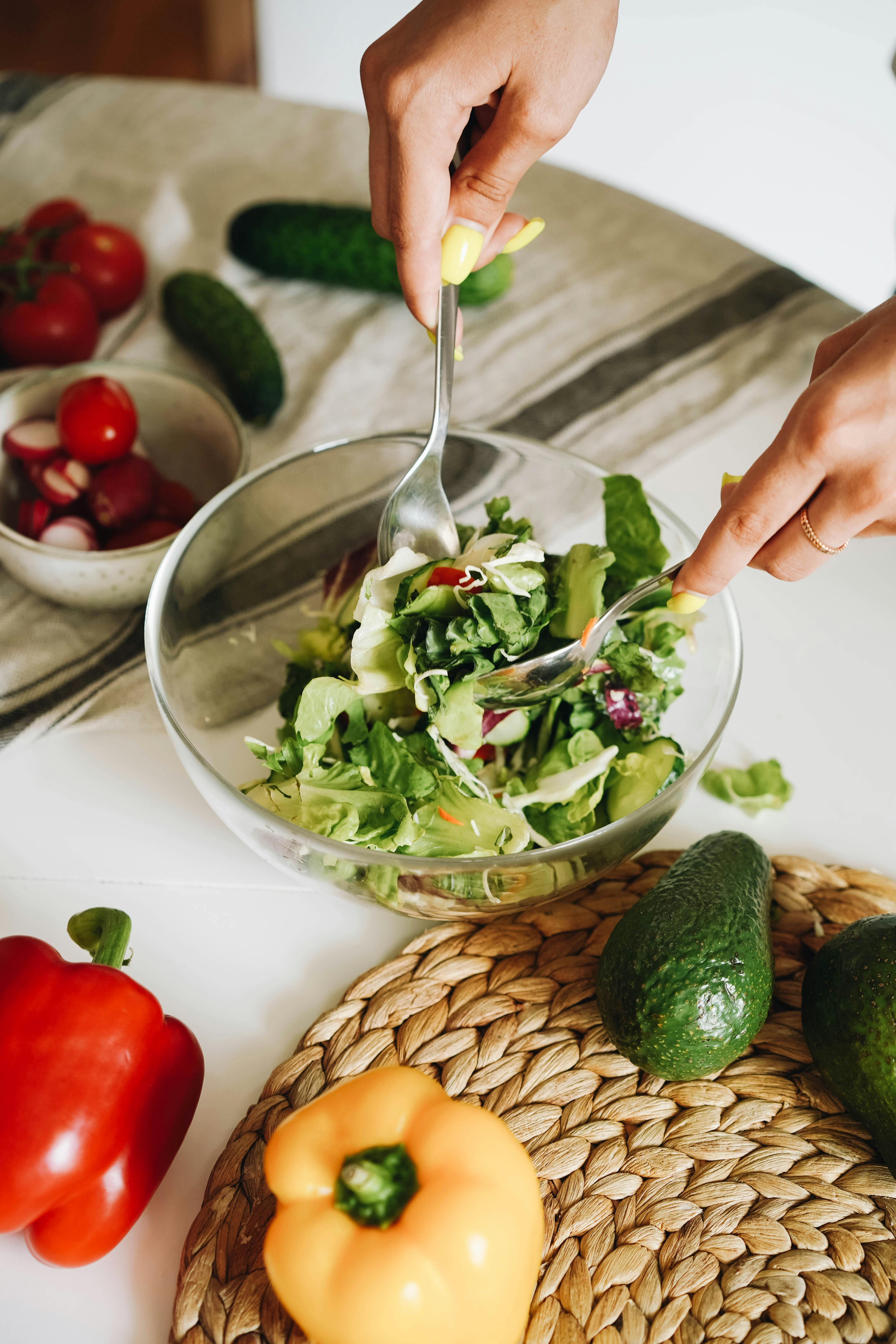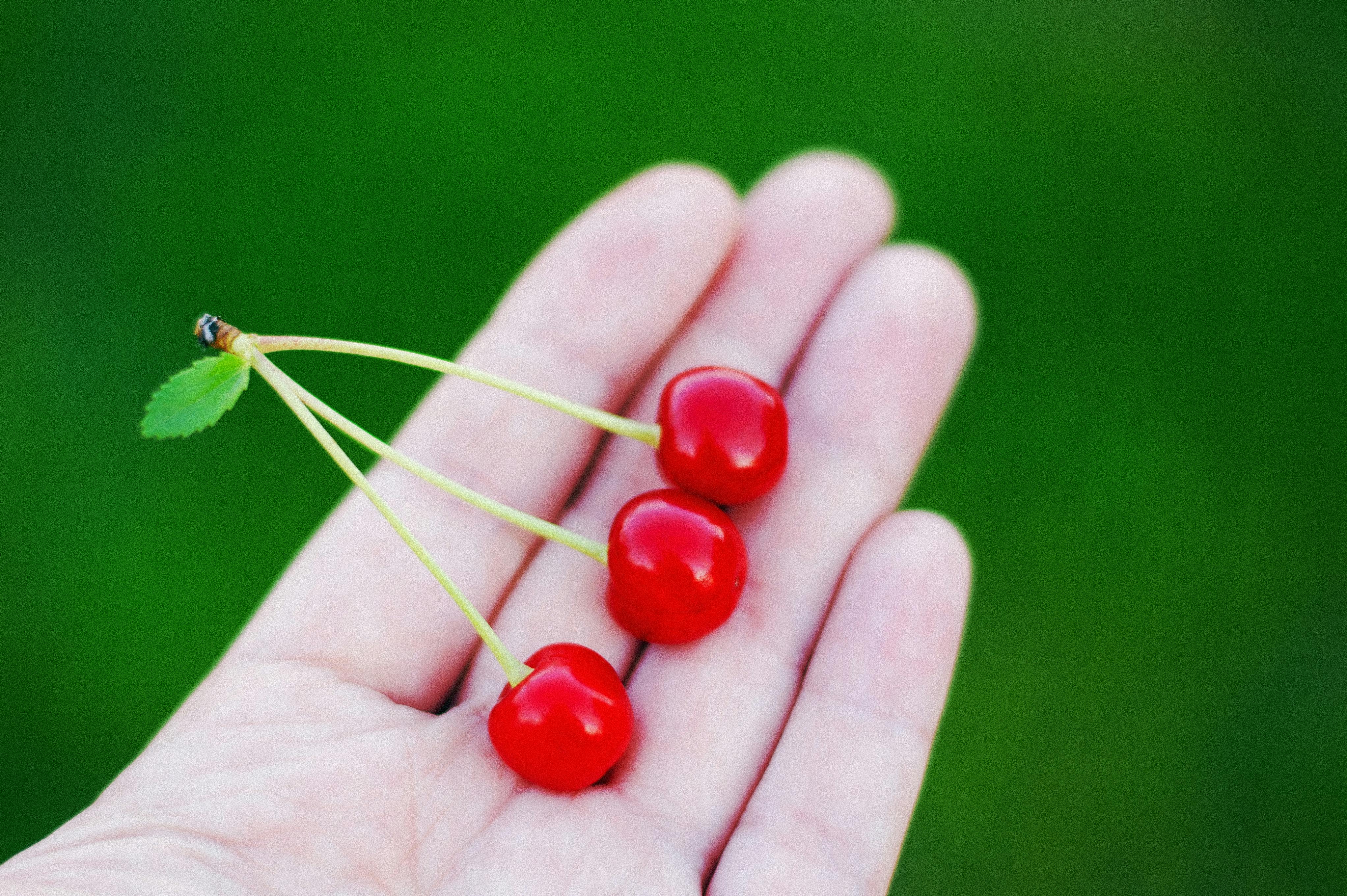Effective Ways to Optimize Your Post Colonoscopy Diet in 2025
Undergoing a colonoscopy can be a necessary, yet daunting experience. Understanding how to nourish your body during recovery is paramount for both comfort and healing. Your post colonoscopy diet plays a significant role in how effectively your body rebounds from the procedure. To ensure a smooth recovery, it’s essential to focus on foods that soothe digestion and promote colon health.
This article will delve into optimal food choices, provide practical post-op nutritional guidelines, and offer recipe suggestions that align with a recovery-focused diet. You'll discover the benefits of incorporating easy-to-digest and gentle foods after a colonoscopy, key hydration strategies, and how to transition back to a regular diet without discomfort. Let’s explore the best practices for a post colonoscopy diet to promote digestive health and aid in recovery.
Key takeaways include understanding the importance of hydration, identifying which foods to include and exclude, and practical meal ideas that cater to digestive wellness. Let’s begin with the essentials of the post colonoscopy diet.
Building a Solid Foundation: Understanding Your Post Colonoscopy Diet
Transitioning to a post colonoscopy diet involves several considerations. The initial days following the procedure typically require you to follow a clear liquid diet transition. This light approach helps your digestive system adjust without overwhelming it. During this phase, consider incorporating:
- Clear broths, like chicken broth, to provide hydration and gentle nourishment.
- Sugar-free gelatin, which can help keep your fluid intake up without adding irritation.
- Herbal teas, avoiding caffeine, as they can be gentler on your stomach.
Once you feel ready to introduce solid foods, opt for gentle, easy-to-digest items that support your digestive health. This progression often starts with bland foods such as bananas, oatmeal, and yogurt, all of which are not only soft but also packs a nutritional punch, facilitating recovery.
One must pay attention to portion control post colonoscopy; small, frequent meals are often better tolerated than larger portions which may overwhelm the system. This gradual reintroduction of foods is key to ensuring a full recovery. Hydration remains a critical factor, as adequate fluid intake can support digestion and prevent constipation.
Making Gentle Choices: Foods to Eat After a Colonoscopy
Selecting the right foods is crucial when it comes to the colonoscopy recovery diet. Patients often benefit from keeping their intake low in fiber at first to ensure gentle digestion. Here are some preferred choices:
- Bananas: Soft and rich in potassium, bananas can help restore electrolyte balance.
- Yogurt: Packed with probiotics, yogurt aids in gut health and can help reestablish a healthy microbiome.
- Oatmeal: Easy on the stomach and a source of fiber, oatmeal can gradually help with regularity.
It is also wise to experiment with non-irritating foods. Factors like cooking methods can significantly affect how a food affects your gut; therefore, opting for baking or steaming rather than frying can promote easier digestion. Consider avoiding foods that might cause gas, such as carbonated beverages and beans, until you have fully transitioned back to your regular diet.
Hydration Strategies: Staying Well Hydrated After Procedure
In relation to hydration importance, post colonoscopy recovering patients should focus on adequate fluid intake. Dehydration can exacerbate feelings of fatigue and hinder digestion, making hydration strategies essential. Here are some effective tips:
- Fluids: Stick to water, herbal teas, and broth to keep hydrated. Elevated hydration can assist in gentle digestion, particularly in the first few days post-procedure.
- Electrolytes: Clear drinks that contain electrolytes are useful, especially after fasting before the colonoscopy.
- Now, include: Smoothies made from gut-friendly fruits can create a blend that satisfies your taste buds while nourishing your body.
Water-rich fruits and vegetables, such as watermelon and cucumbers, can also contribute to hydration levels while providing nutrients. Remember, it’s wiser to sip fluids constantly rather than consuming large amounts at once, which can feel uncomfortable to a sensitive stomach.
Creating Comfortable Meals: Easy Recipes for Recovery
Now that we've covered hydration, let’s explore some practical meal ideas that cater to digestive wellness post-colonoscopy. Turning to comfort foods does not mean sacrificing nutrition. Here are several simple recipes you might consider:
- Banana Oatmeal: Combine mashed bananas with cooked oatmeal for a soft, nutritious breakfast.
- Yogurt Parfaits: Layer yogurt with soft fruits like peaches or blueberries—adding a drizzle of honey for sweetness if desired.
- Chicken Broth Soup: Enhance clear broth by adding well-cooked carrots and rice for a soothing meal.
As you navigate dietary options, keep in mind that these foods should be gentle and easy on digestion. Avoid anything spicy or overly rich in fat, as it could lead to discomfort. The main focus should be on foods that promote healing and support your gut health during recovery.
Recognizing Foods to Avoid Post-Colonoscopy
While knowing which foods to eat is vital, equally important is identifying those you should avoid as you recover from a colonoscopy. Some of the foods that might irritate your system or lead to discomfort include:
- Fried Foods: Rich in unhealthy fats, these can exacerbate discomfort and bloating.
- Spicy Seasonings: Introduce flavor without irritation by avoiding heavily spiced dishes.
- High-fiber Grains: Until your body has adjusted fully, limit foods like whole-grain breads or bran cereals.
Additionally, artificial sweeteners can cause digestive upset for some individuals, so observing your body’s reactions can help tailor your diet effectively during this period. Focus on intuitive eating; listening to your body's needs will be key to a smooth recovery.
Transitioning Back to Normal: Balancing Your Diet Post-Recovery
Once you start feeling better, the next phase involves gradually transitioning back to your normal diet. This process should be slow and mindful. Here are a few tips to aid the transition:
- Start with small portions: Begin with small meals that incorporate more variety, as large quantities can overwhelm a recovering stomach.
- Monitor your fiber intake: This ensures your digestive system can handle more challenging foods as you reincorporate them.
- Continue with probiotics: Foods like yogurt can help maintain gut health while you resume your usual dietary patterns.
Minding fiber intake during this reintroduction phase is key in preventing discomfort. Failure to do so may lead to complications such as constipation. A gut health diet includes plenty of vegetables and lean protein, so incorporating them gradually is advisable.
Frequently Asked Questions About Post Colonoscopy Diet
What are the best foods to eat after a colonoscopy?
Ideally, you should focus on easy-to-digest options post-colonoscopy. Gentle foods such as bananas, yogurt, and oatmeal are all excellent choices that can aid in recovery.
How important is hydration after a colonoscopy?
Staying hydrated is crucial. It prevents dehydration and supports digestion. Aim for clear fluids, including broths and electrolyte-rich drinks, especially in the first days post-procedure.
What meals should be avoided after a colonoscopy?
Foods that are spicy, fried, or high in fiber may irritate your digestive system. Avoid those until you feel fully recovered and can handle complex meals.
Can I have dairy products after a colonoscopy?
Dairy can be included, especially yogurt which helps gut health; however, monitor your body's reaction to lactose, as some individuals may experience sensitivity post-procedure.
How can I ensure my body gets nutrients after a colonoscopy?
Focus on nutrient-rich foods that are also easy to digest. Incorporate fruits, vegetables, lean proteins, and healthy fats as tolerated, ensuring a balanced recovery diet.


